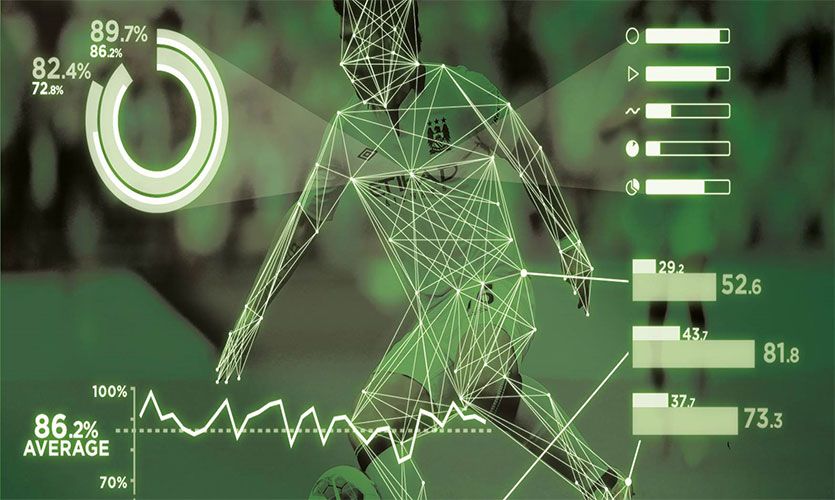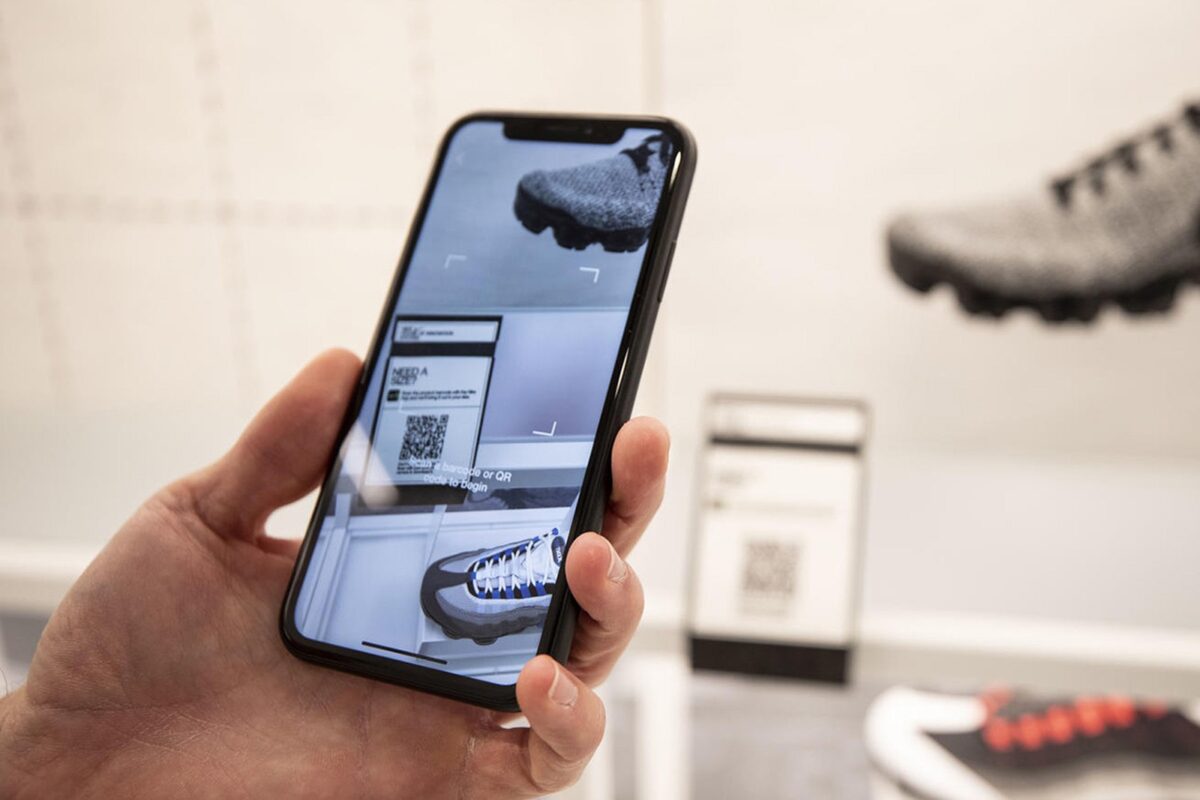Twenty years ago, football, as well as many other sports, was heavily based on expert opinions. The decision-making process, from which players to hire, which ones should be in the starting eleven to match specific tactics, would be based on the combination of experience and gut-feeling of relevant stakeholders.
In the turn of the millennium, it would be very unlikely to encounter a head coach of a professional football club who would be willing to take advice from a data analyst without any football-related background. Nevertheless, being a big business above all, parties in the football world are always searching for ways to improve. Less than two decades later, in December 2017, after Liverpool FC`s player Phillipe Coutinho scored a free-kick goal, Jurgen Klopp, of one the most successful football coaches of his generation, credited the goal to his team of data analysts (Evans, n.d.). This gesture was a clear sign that football has moved from a purely emotional sport to an increasing data-driven one. Clubs such as FC Barcelona, Manchester City, AC Milan and Arsenal are currently already utilizing data at the core of every decision. Through the use of sensors and wearables, clubs are able to run extensive analytics on the performance of their players. Every move a player makes on the field is captured, stored and analyzed. By leveraging the vast amount of generated data, clubs not only improve their players’ performance but can also use predictive analytics to mitigate injuries and evaluate different team tactics. (Evans, n.d.). Besides in-field player management, data analytics has flourished across multiple fields in the football industry. Nowadays, having the right information strategy can be the tipping factor between a successful or failed season. Babb (2020) highlights how data-driven decisions were the crucial pillar of Liverpool’s FC stellar seasons between 2018 and 2020. By leveraging a highly skilled team of data analysts, the football club has become a global reference for both in-field player management analytics as well as data-driven player recruitment.
Football will always remain a passion sport, the emotion of the fans singing from the stands to support their clubs will always remain a critical factor. Nevertheless, it is irrefutable that professional football clubs will face the increasing necessity to adopt data analytics to every process within their organizations. The rise of data analytics in football has just recently started. However, it is already undeniable the impact it has caused. Drawing from other industries, it is plausible to say that the data-driven revolution for football clubs has just begun.
Sources:


